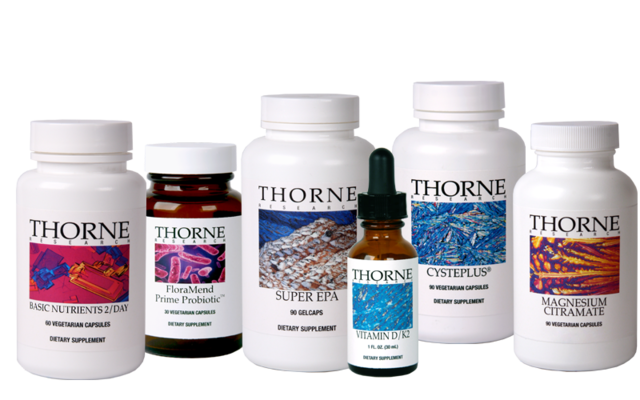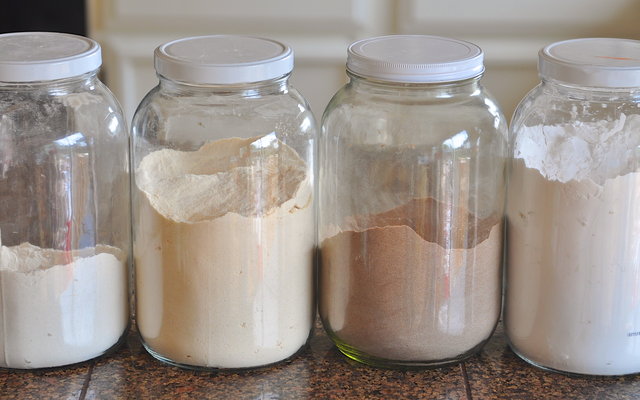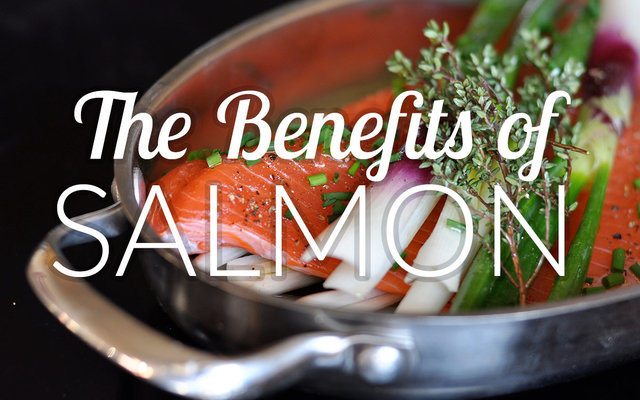by Tom Malterre | 1 comments
The Benefits of Removing Gluten Cross-Contamination
In order to totally eliminate gluten from your diet, you need to be aware of where your food is grown, and how it is processed, stored, transported, and sold. Remember, 100% effort equals 100% results, so doing a little homework can make all the difference before you buy certain food products, go out to eat at a restaurant, or continue using small appliances in your kitchen after deciding to go gluten-free.
It only takes around 5-20 parts per million to cause a reaction in those sensitive to gluten.
Manufacturing cross-contamination:
All foods that require processing, however minimal the amount might be, run the risk of contamination if the facility being used also processes wheat or another gluten-containing grain or flour. Flours that can become contaminated include coconut flour, coconut sugar, and even flours labeled "gluten-free." It is safest to contact the manufacturer directly to determine if their facility is a dedicated gluten-free facility. Are their grains being processed in the same facility as wheat is processed? Are they sourcing their grains from fields that are rotated with gluten-containing grains?
Storage cross-contamination:
You can find a variety of gluten-free whole grains in the bulk section of your local food co-op or health foods store, but you still need to be vigilant about cross-contamination. Some stores are very knowledgeable and place wheat berries and wheat flours away from everything else, but most around the country still do not. Flour dust can linger in the air and contaminate surrounding bins, including those meant to be gluten-free. Are the bulk bins of gluten-free flours located right next to the gluten-containing flours? When you are buying bulk sea salt at your local co-op, is there a bin of wheat flour above it that could be contaminating the salt?
Restaurant cross-contamination:
More and more restaurants these days pride themselves in going "gluten-free" for their customers...yet many fail to follow basic procedures that can lead to cross contamination. In addition to the importance of using gluten-free ingredients, Restaurants, grills, and salad bars all need to . For more information on going gluten-free when eating out, see our section on .
Home appliance/utensil cross-contamination:
You need to consider cutting boards, wooden rolling pins, toasters, pizza stones, countertops. For more information on removing gluten from your kitchen and home, see going gluten-free when eating out. If you are (see removing gluten items from kitchen)
References
-
Gluten Contamination of Commercial Oat Products in the United States
-
Gluten Contamination of Grains, Seeds, and Flours in the United States: A Pilot Study

Stay up to date with the current science and recipes that can help make your family healthy.




Comments
Flour
by Yvonne on Sun, 08/08/2021 - 11:22am
Add new comment